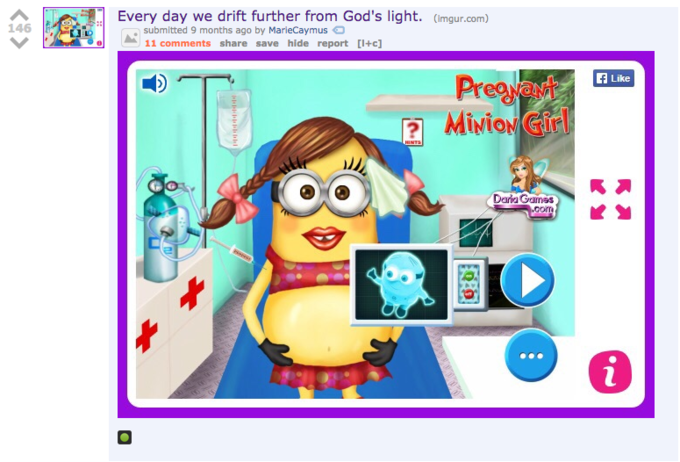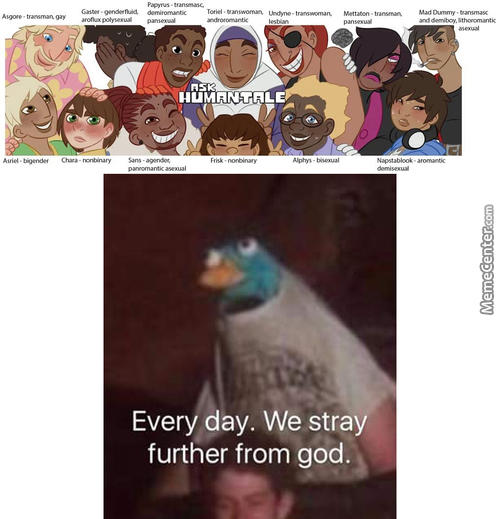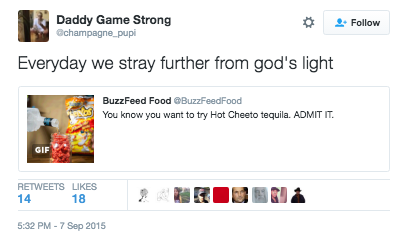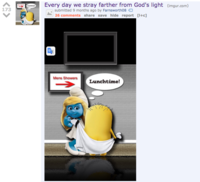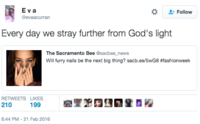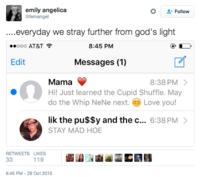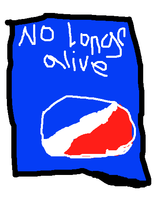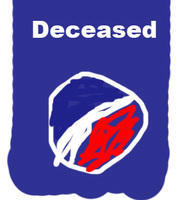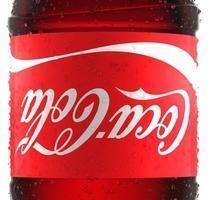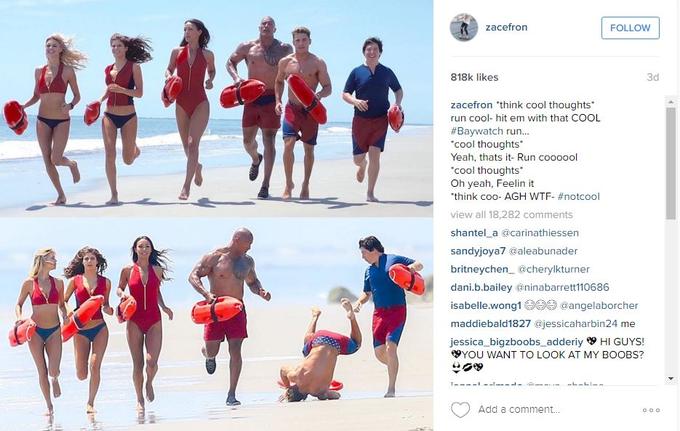About
![]()
Botchamania is a long-running series of videos created by Matthew “Maffew” Gregg to spotlight mistakes and funny moments, often called “botches”, in the world of professional wrestling. Maffew’s videos cover many different wrestling promotions, from very popular ones like WWE and NJPW to small backyard federations, and since 2008 Maffew has posted over 300 of the standard Botchamania videos. In addition to the numbered releases, he also posts side videos dedicated to a specific wrestler or event. His videos can be watched earlier on his Patreon, and later can be found on Youtube (with a border to prevent copyright problems), Vimeo, and the official Botchamania website.
History
![]()
Maffew started Botchamania as we know it in 2008 by uploading a video entitled “Botchamania 4” in response to 3 other Botchamania videos made by other people. Maffew explains that he “watched Botchamania 3 in mid-2007 and thought ‘I could make a better video than this in my sleep’ and made Botchamania 4. I had so many clips left over that I made Botchamania 5, and had so many clips left over from that I made Botchamania 6 and so on and so forth until I made Botchamania 163 and waited 2 months before making the next one.” Maffew eventually went back and re-made Botchamania 1, 2, and 3 himself with better quality.
In addition to the main Botchamania videos (which often use clips from recent wrestling shows but sometimes include older clips) Maffew has also made compilation videos based on the histories of specific wrestling events, such as Wrestlemania, or on specific wrestlers who are infamous for botches, such as Scott Steiner and Sin Cara.
Reputation and Online Presence
As mentioned, Botchamania has become very popular among wrestling fans and wrestlers alike. The videos often get hundreds of thousands of views across all the websites they’re posted. On many occasions, fans at wrestling events have also chanted “BOTCH-A-MANIA!” at the wrestlers in the ring after they make a botch worthy of the show. Botchamania has also been name-dropped by wrestlers themselves on TV on a few occasions.
Most Botchamania videos open up with a personality from the pro wrestling world (often a wrestler, but sometimes a manager or other personnel) doing a video opener. The openers have ranged from small-time backyard wrestlers to up-and-coming stars to even WWE Hall of Famers such as Mick Foley. Many wrestlers have gladly taken part in the “you are watching Botchamania” opener.
Maffew has a history of having his Youtube channels deleted quite often. He has gone through over 10 different Youtube channels to post Botchamania videos over the years. But despite the constant channel deletions, Botchamania is still very popular on Youtube and on other video sites and wrestling forums. Maffew’s popularity thanks to the series also got him a spot as a featured contributor to WrestleCrap, a similar site that looks at the worst or funniest parts of pro wrestling.
Related Memes and Sub-Memes
The Botchamania Intro
The intro video, which comes after the “your are watching Botchamania” opener, is often done in a way that imitates nad prodies one of WWE’s show intros. Maffew incorporates many of Botchamania’s most famous one-liners into each intro, and there have been a few versions used over the years and more versions created by fans of the series.
The Iron Sheik – “FACK!”
The Iron Sheik is a wrestling legend and WWE Hall of Famer from Iran. He was known for his often insane in-ring promos and his “evil foreigner” heel gimmick. One notable line from a 2007 shoot interview, where he shouted “FUCKINGBULLSHIT!” in his thick Iranian accent, has been incorporated into many Botchamania videos and incarnations of the Botchamania intro video. The signature “FACK!” is very often the closing line of the videos.
![]()
Scott Steiner – “FAAATASSES!”
Scott Steiner is a former professional wrestler who wrestled for WCW, WWE and later TNA. Steiner is most known for his insane rambling promos and for allegedly using steroids to achieve his insanely buff physique. The idea that the steroids made him dumber is a popular theory among wrestling fans.
![]()
Two of Scott’s most famous promos, which Maffew often incorporates into Botchamania videos, happened during his tenture with TNA Wrestling. The first was a promo alongside his brother Rick and addressed to Team 3D, where he famously called them “FAAATASSES!” and the other is a promo where he used mathematics to claim that he had a “141 and 2/3 chance of winning” an upcoming title match at TNA Sacrifice.
Zandig – “JEEZUS!” (the CZW lever)
Zandig is a professional wrestler who is most known for his time in Combat Zone Wrestling. Zandig’s claim to fame in Botchamania comes from an insane promo he delivered after he was beaten down by five opponents from the Hate Club, the most notable part being his overenthusiastic shouting of “JEEZUS!”
In a way similar to the “Walker Texas Ranger Lever” skits once used on the Conan O’Brien show, Maffew often starts a segment involving footage from CZW with someone pulling a lever or pressing a button to trigger Zandig saying “JEEZUS!” Fans have submitted their own “CZW lever” videos and some of them have been used by Maffew.
Sin Cara – ‘Cartoon Sin Cara’
Sin Cara is a masked luchador character currently under contract with WWE. The character has been played by two separate luchadors (Mistico and Hunico) since its debut in 2011, but both have shown a strong tendency to botch moves and the Sin Cara character has become a mainstay on the Botchamania channel and website.
The character debuted in 2011 and was originally played by a luchador named Mistico. After Mistico was suspended for a wellness policy violation later in the year, the Sin Cara character was “stolen” in the storyline by another luchador named Hunico. Mistico returned soon after and the two Sin Caras had a “Mask vs. Mask” match to see who was the real Sin Cara, which Mistico won. Despite this, Mistico would later be released from WWE in early 2014 and Hunico would become the permanent Sin Cara.
![]()
In September 2011, a Tumblr page titled “Your Botchy Neighborhood Sin Cara” was created featuring versions of the famous 60’s Spider-Man meme edited to look like Sin Cara. The captions of the Cartoon Sin Cara meme are similar to the original 60’s Spider-Man meme in spirit, and often poke fun at Mistico’s wellness policy violation or the Sin Cara character’s tendency to botch or get injured. In late 2011, Cartoon Sin Cara was made part of the banner of the Botchamania website, securing Sin Cara’s place in history as one of the most notorious botchers to ever be featured.
![]()
Bryan Alvarez – “MINUSFIVESTARS!”
Bryan Alvarez is a former professional wrestler, but later gained notoriety as a editor/publisher of wrestling newsletters and as a radio/podcast host. He originally started Figure Four Weekly, which was eventually merged with Dave Meltzer’s Wrestling Observer Newsletter where Alvarez has worked since. He is the co-host of “The Bryan and Vinny Show” alongside Vince Verhei, and that show is the source of Alvarez’s most notable contribution to Botchamania.
During their review of TNA Victory Road 2009, Bryan and Vinny spoke extremely critically of many of the matches. Bryan insulted the idea that “EARLFUCKINGHEBNER” could beat James Storm to the ring and make a three count, and he famously gave a women’s match on the show a rating of “MINUSFIVESTARS!” Maffew included a few clips from Bryan and Vinny’s show into Botchamania 92, which also heavily featured the same TNA event, and the emphasized “MINUSFIVESTARS!” (found at 8:10 in the above video) has been a recurring part of the Botchamania intro ever since.
Jim Cornette – ‘the Cornette Face’
Jim Cornette is a former wrestling manager, promoter and booker for many different promotions. He has worked with NWA, WCW, WWE, TNA, Ring of Honor and Global Force Wrestling and has often been criticized for some of his ideas and decision making. In various interviews he has been just as critical of many decisions made by the wrestling promotions he used to work with.
![]()
The Cornette Face is his most notable contribution to Botchamania. this reaction face has been featured in many of Maffew’s videos, usually along with the phrase “Fuck this company!” or some variation.
Miscellaneous Segments and One-Liners
![]()
Maffew has featured dozens of notable segments and one-liners from wrestling history in his Botchamania videos, far too many to give each one its own section. Some of the notables that are popular include:
- “Everyone talks… too much.” (a recurring segment in Botchamania which features wrestlers ‘calling their spots’ to set up the match)
- Japanese Tables never break (often accompanied by Iori Yagami’s maniacal laugh from ‘The King of Fighters’ or James Hetfield from Metallica saying I AM THETABLE in recent times)
- “SU-PERDRA-GON!” (a reference to an annoying fan repeatedly chanting for a wrestler named Super Dragon even when Super Dragon wasn’t actually there)
- “IT’S TAZZ!” (as an Oompa Loompa shows up, referencing Tazz’s short stature and very tanned skin)
- “I’VE BEEN IN THEDANGERZONE!” (said by Macho Man Randy Savage)
- “HE GOT A BITHYCLE!” (said by Dusty Rhodes with an awful lisp)
- “HULKHOGAN, WE COMIN’ FORYOU N***A!” (said by Booker T)
- “Benoit” (used as a censor as a reference to WWE’s attempt to erase Chris Benoit from history)
- “Never mind that shit… Here comes Mongo!” (a reference to former NFL player and WCW wrestler/commentator Mongo McMichael)
- “Bobby… Roooooo!” (a reference to TNA announcers mispronouncing the name Bobby Roode, often accompanied by a picture of Roo from Winnie-the-Pooh)
Search Interest
(Besides some formatting fixes, the entry should be just about done now. Let me know if I missed anything.)
External References
